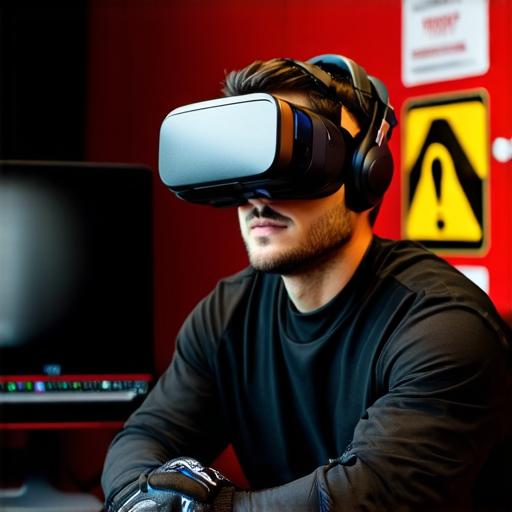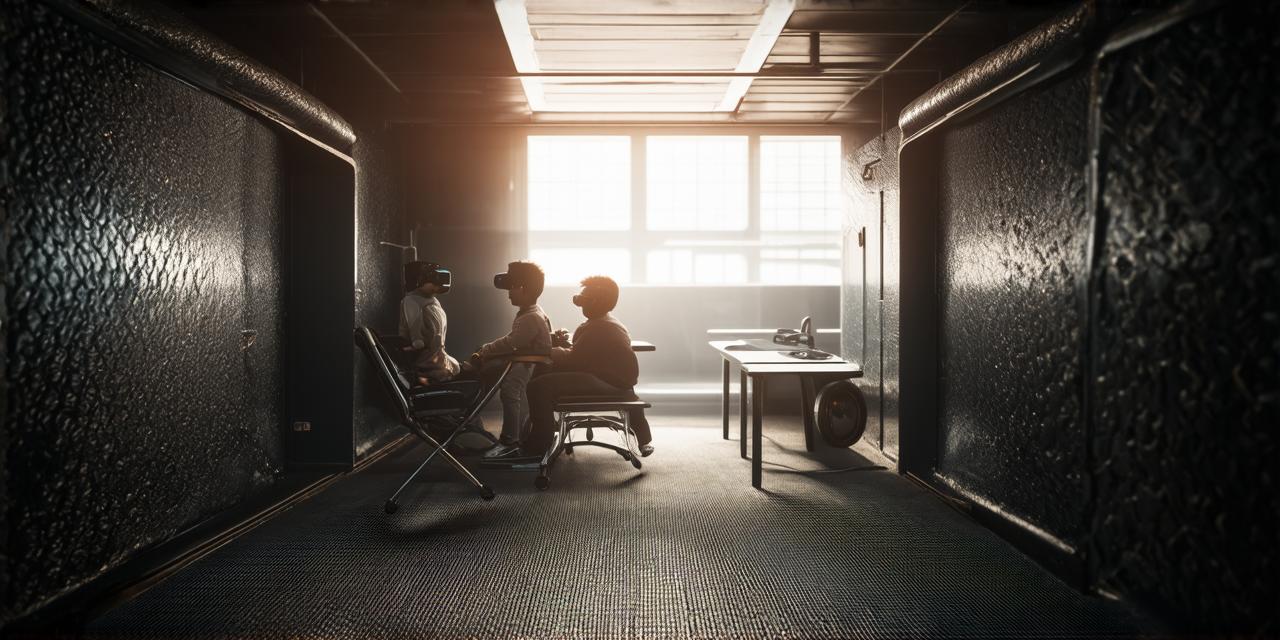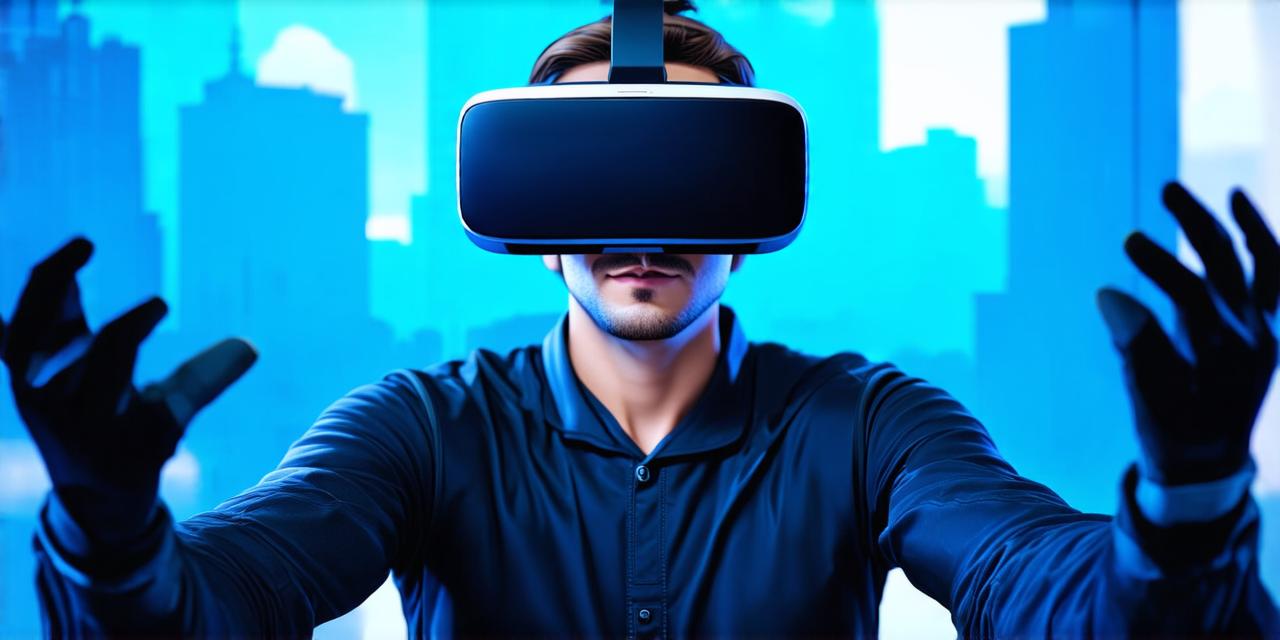1. Cost Considerations
One of the most significant barriers to entry for VR is its cost. While prices have come down significantly in recent years, VR hardware and software can still be expensive. If you are considering using VR for a project or task, it’s important to consider the cost of the equipment and whether it aligns with your budget. Additionally, if you plan on using VR regularly, you may want to invest in more high-end equipment or software that is specifically designed for your needs.
1. Technical Limitations
While VR technology has come a long way, there are still technical limitations that need to be considered. For example, some VR headsets may not be compatible with certain software or hardware, which can limit their usefulness. Additionally, some users may experience motion sickness or other negative side effects when using VR, which can make it difficult to use for extended periods of time.
1. Complexity and Learning Curve
While VR technology has become more user-friendly in recent years, it is still a relatively complex tool that requires some level of technical expertise to use effectively. If you are not comfortable with technology or do not have the necessary skills to learn how to use VR, it may be better to consider using alternative methods for your project or task.
1. Limited Applications
While VR has a wide range of applications across various industries, there are still some limitations to its usefulness. For example, VR may not be the best tool for tasks that require real-world interaction with physical objects or environments. Additionally, certain types of content may not be well-suited for VR, such as text-based or non-interactive media.
1. Accessibility Considerations
Finally, it’s important to consider accessibility when deciding whether or not to use VR. While VR technology has become more accessible in recent years, there are still certain populations who may have difficulty using it due to physical limitations or other factors. If you plan on using VR for a project or task, it’s important to consider how the technology will be used and whether it is accessible to all members of your team.
Conclusion

In conclusion, while virtual reality technology has many benefits and can be a powerful tool in certain situations, there are also some limitations to its use that need to be considered. By carefully considering cost, technical limitations, complexity and learning curve, limited applications, and accessibility considerations, you can make an informed decision about when not to use VR for your project or task.


